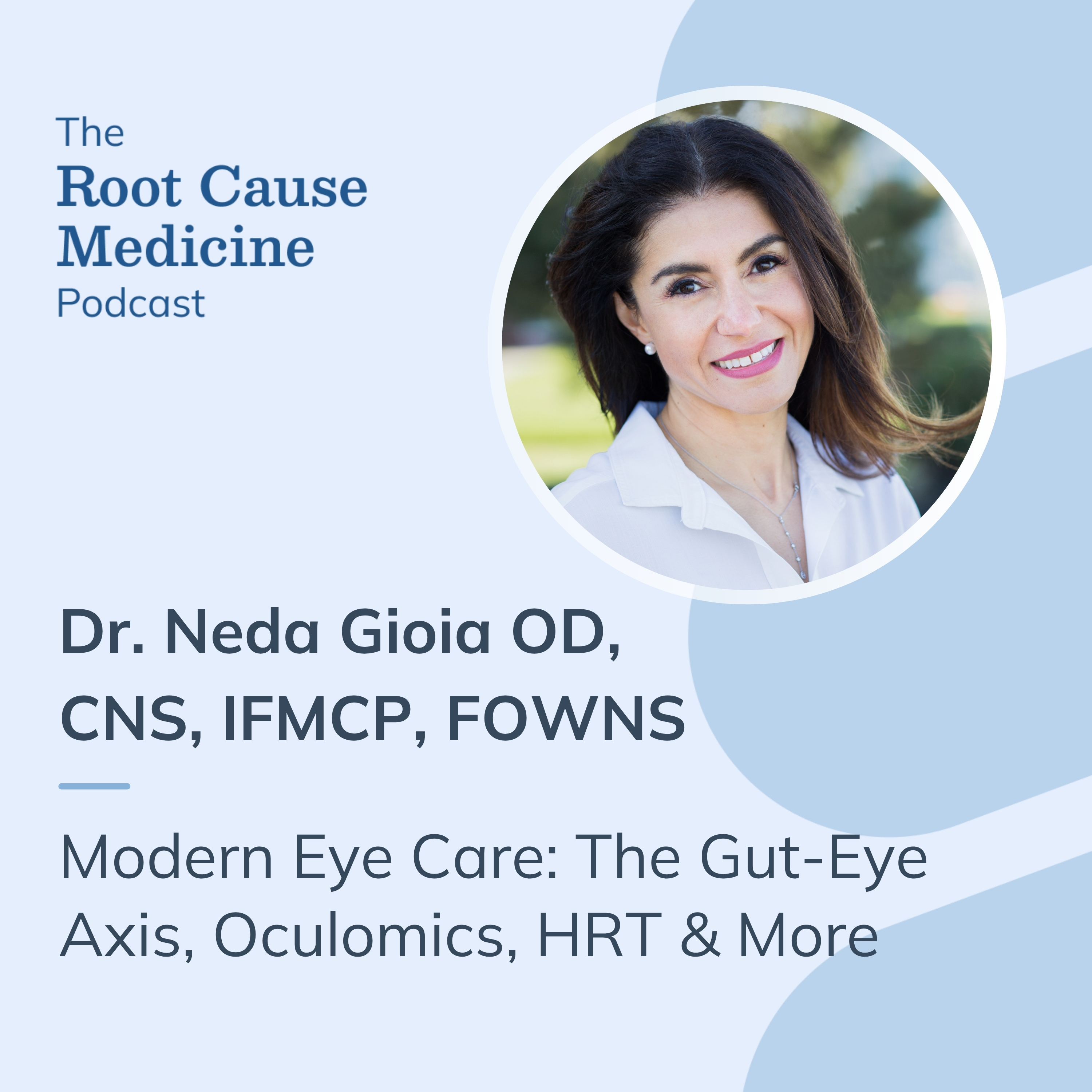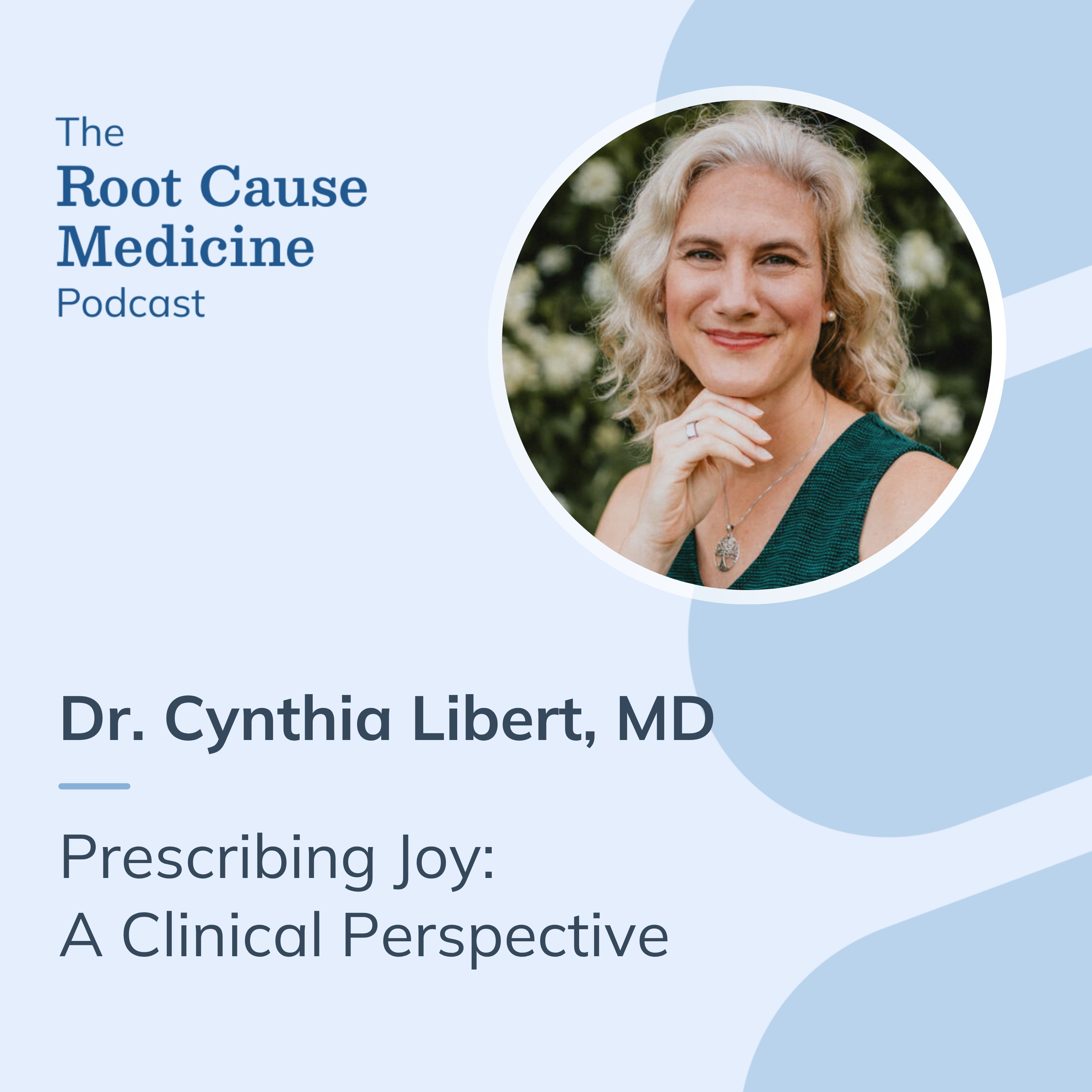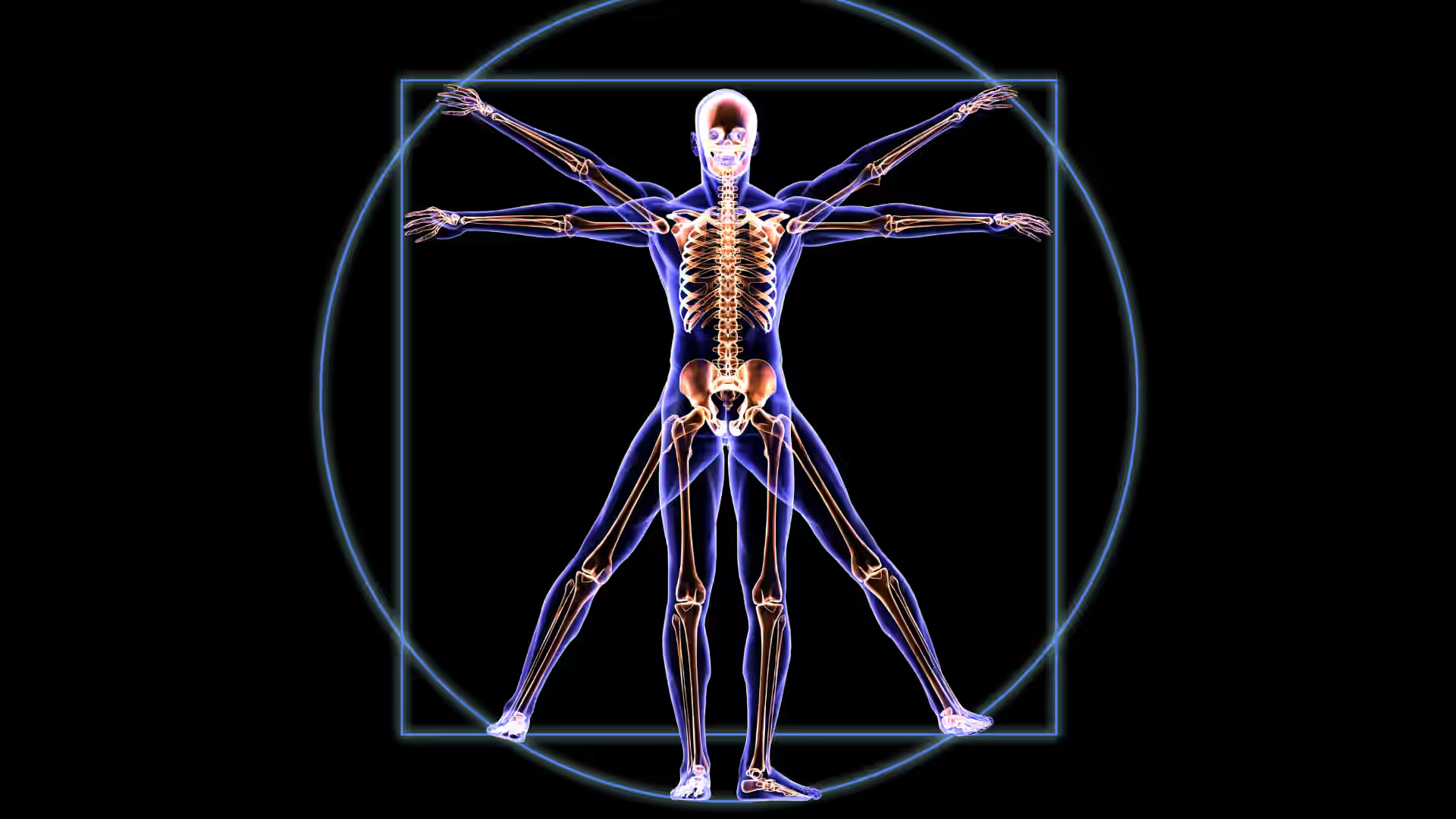Your eyes aren't just windows to your soul—they reveal critical insights into your overall health. Simple tests like the PERRLA exam help doctors assess eye health and neurological function. The PERRLA test has been part of a multi-systems health exam for centuries (with early descriptions of the pupillary light reflex dating back to the 19th century) for good reason.
[signup]
Understanding PERRLA in Eye Examinations
PERRLA is the acronym for "Pupils are Equal, Round, Reactive to Light, and Accommodation." It is one portion of an eye exam that tests the health and function of the pupils.
PERRLA stands for:
- Pupils: The pupil is the black hole in the middle of the colored portion of the eye (iris) that controls how much light enters the eye by constricting (getting smaller) and dilating (getting bigger).
- Equal: Both pupils should be of the same size.
- Round: The shape of the pupils should be round, not oval or irregular.
- Reactive: The pupils respond to external stimuli.
- Light: Pupils should constrict when exposed to light and dilate (get bigger) when the light is removed.
- Accommodation: Pupils should also adjust when focusing between near and distant objects.
Importance of Pupil Assessment in Eye Health
The PERRLA test is a simple yet effective way to evaluate a person's eye health. The autonomic nervous system and cranial nerves II (optic nerve) and III (oculomotor nerve) control pupil size and response to light and accommodation. If these responses are abnormal, they may signal underlying problems with the eyes or nervous system.
When PERRLA Tests Are Performed
The PERRLA test is commonly conducted during routine eye or other physical exams. If you are experiencing vision or neurological problems, it can also be part of a problem-focused health exam.
The PERRLA Eye Exam Procedure
You may have already experienced a PERRLA test without realizing it. Here's a step-by-step breakdown of how doctors conduct a PERRLA assessment:
Preparation for the Test
There's nothing you need to do to prepare for the test before your appointment. You'll be asked to sit comfortably in a dimly lit room. You may also be asked to remove glasses or contacts before your doctor performs the test.
Step-by-Step PERRLA Assessment
- Visual Inspection: The doctor begins by examining both pupils. They look for differences in size, shape, or symmetry between the two eyes.
- Swinging Light Test: A small bright light (often from a penlight or ophthalmoscope) is shined into one eye at a time for two seconds while the patient looks straight ahead. The doctor observes how the pupils constrict in response to the light.
- Accommodation Test: The doctor will ask you to focus on an object (such as the tip of a pen or their index finger) while moving it closer to your nose.
Interpreting PERRLA Test Results
There are normal and abnormal results of a PERRLA test.
Normal PERRLA Findings
- Pupils are equal in size
- Pupils are round
- Pupils constrict when looking at light
- Pupils constrict when focusing on a nearby object
Abnormal Results and Their Potential Meanings
PERRLA alone can't diagnose a specific condition, but abnormal findings can give your doctor clues about any disorders you have.
Unequal in Size or Shape
Anisocoria is a condition characterized by unequal pupil size. Physiological anisocoria is normal in roughly 20% of the population. Pathologic anisocoria can be caused by:
- Migraine headaches
- Certain medications
- Eye and head injuries
- Brain aneurysms
- Strokes
- Brain tumors
- Neurological infections
Non-Reactive to Light or Accommodation
If the pupils are not responding to light or accommodation, it could indicate:
- Head trauma
- Cranial nerve damage or inflammation
- Retinal diseases
- Adie's pupil
- Tertiary neurosyphilis
Unequal Pupillary Response
A relative afferent pupillary defect (RAPD), or Marcus Gunn pupil, means the pupils don't respond the same way during the swinging light test. This can result from:
- Glaucoma
- Inflammation of or damage to the optic nerve
- Retinal diseases
- Lazy eye
- Cataract
- Eye tumors
- Eye injuries
Beyond PERRLA – Comprehensive Eye Health
A comprehensive eye exam includes additional tests that provide a fuller picture of eye health. Your doctor may also perform these tests in addition to PERRLA:
- Visual Acuity Test: Measures how well you can see at different distances.
- Extraocular Muscle Function: Assesses the function of the muscles and nerves that control eye movements by having the patient follow a target as it moves in an "H" pattern
- Ophthalmascopic Exam: Examines the internal structures of the eye, including the retina, optic nerve, and blood vessels
- Slit-Lamp Exam: This is a closer examination of the eye using a special microscope to look for signs of disease or damage. It is often performed after the patient's pupils have been dilated.
- Tonometry: Measures the pressure inside the eye, which is important for detecting glaucoma
Frequency of Eye Exams and PERRLA Tests
The American Academy of Ophthalmology outlines the following guidelines for eye exams in adults:
- Adults without signs or risk factors for eye disease should receive a comprehensive eye exam at age 40 and every 2-4 years thereafter.
- Adults ages 55-64 without signs or risk factors for eye disease should have an eye exam every 1-3 years.
- Adults aged 65 years and older without signs or risk factors for eye disease should have an eye exam every 1-2 years.
- Adults at high risk for eye disease should have an annual eye exam, or more frequently, depending on the risks involved.
- Individuals with diabetes mellitus type 1 should be examined by an ophthalmologist five years after disease onset and at least yearly thereafter.
- Individuals with diabetes mellitus type 2 should be examined by an ophthalmologist at the time of diagnosis and at least yearly thereafter.
PERRLA in Special Populations
Special considerations should be taken into account for specific populations.
PERRLA Assessment in Children
Children's pupillary responses are often tested during routine pediatric exams to help identify potential eye disorders early.
The American Academy of Ophthalmology outlines the following guidelines for eye exams in children:
- Infants at high risk for eye disease should have a comprehensive eye exam performed by an ophthalmologist as soon as possible.
- Children should be assessed for eye problems during their newborn visit and then at all routine health visits.
- School-age children should be assessed for visual acuity and ocular alignment every 1-2 years.
Considerations for Elderly Patients
Age-related changes in pupil response are common in older adults. These changes may include slower pupil reaction times or less pronounced constriction when focusing on near objects. While these changes are often normal, they can sometimes indicate other issues, such as glaucoma or age-related macular degeneration (AMD).
PERRLA in Neurological Evaluations
The PERRLA test is particularly important in neurological assessments. Changes in pupil response can signal neurological conditions, including brain injuries, strokes, and certain types of brain tumors. In such cases, abnormal PERRLA findings may prompt further investigation to determine the underlying cause.
Frequently Asked Questions (FAQs)
What does PERRLA stand for in an eye exam?
PERRLA stands for Pupils are Equal, Round, Reactive to Light, and Accommodation.
How long does a PERRLA test typically take?
The test usually only takes a couple of minutes to perform.
Can PERRLA detect serious health conditions?
Yes, abnormal PERRLA results can indicate serious conditions, including brain injuries or eye diseases.
Is the PERRLA test painful or uncomfortable?
No, the PERRLA test is painless and non-invasive.
How often should I have a PERRLA assessment?
Most adults should have a comprehensive eye exam, including PERRLA testing, every two years. Those over 65 or with risk factors should have yearly exams.
[signup]
Key Takeaways
- The PERRLA test is a quick yet essential part of a thorough eye exam.
- This simple test can provide valuable insights into eye health and neurological function by assessing pupillary reactions to light and near focus.
- Regular eye exams, including PERRLA testing, help detect potential problems early, ensuring better outcomes for conditions ranging from eye diseases to brain injuries.
- Schedule your next eye exam to help keep your vision sharp and your health in check.












%201.svg)






